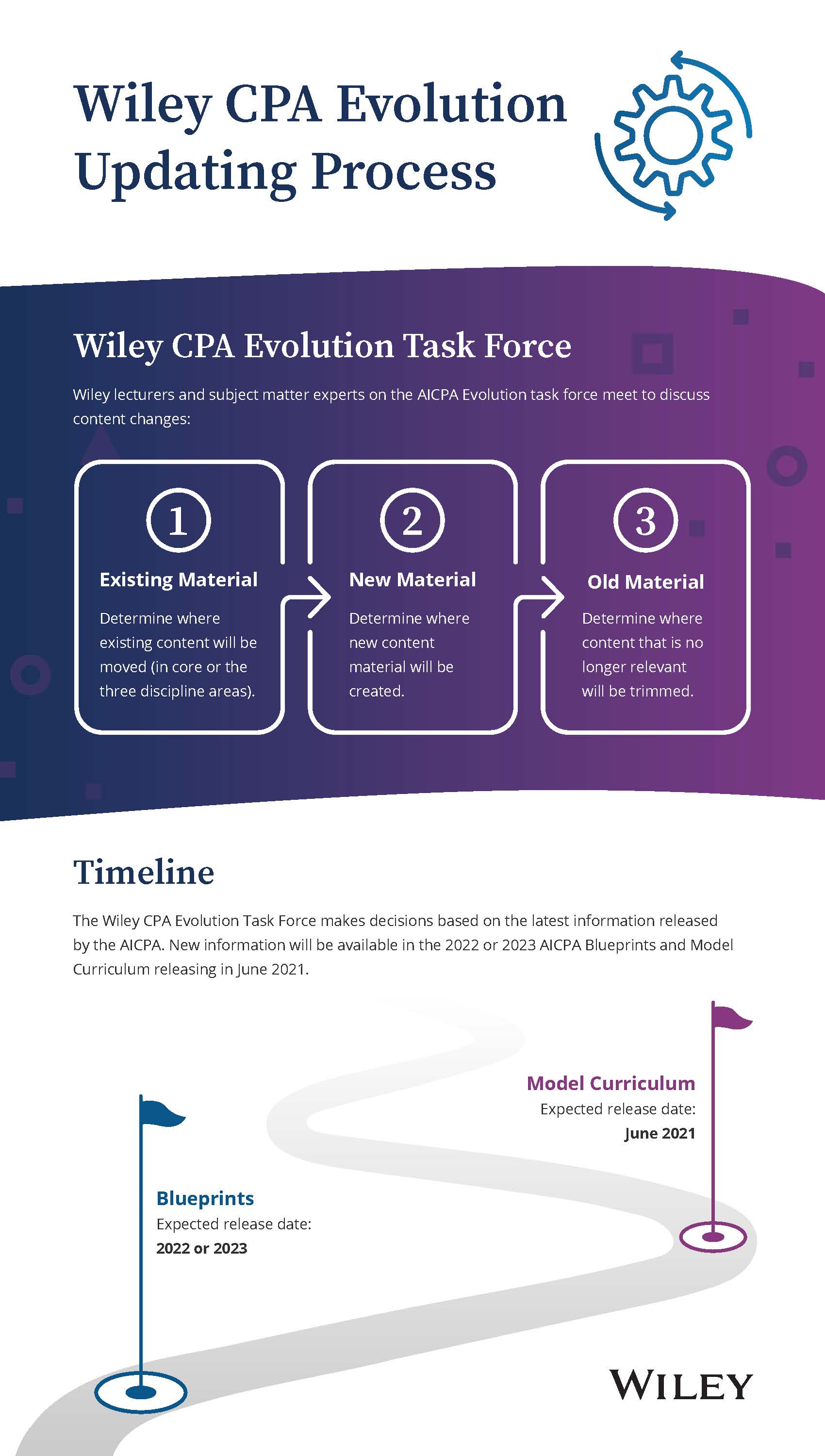10-ways-to-avoid-the-pitfalls-of-adopting-new-technology
June 01, 2020
With a little planning, many of this potential technology roll out and adoption issues can be avoided.
Despite the onset of the technological revolution, businesses in Southeast Asia have been slow to adopt new technology, lagging behind their counterparts in the US, Germany and Israel (Deloitte, 2016). Many cite feelings of unpreparedness or concerns of the impact on talent as reasons for their hesitance. Here are the top 10 most prevalent worries and risks of technological adoption that can be anticipated and avoided.
1. Insufficient budgetary planning
Without a doubt, it is better to overestimate your costs than to underestimate them- expenses such as upgrade costs or improper licensing can easily crop up and erode your budget. Rather, a smaller number of sufficiently funded projects is preferred over a larger number of underfunded ones.
2. Failure to get consensus buy-in or visible support of senior administrator/executive-level
Executive approval and sponsorships are crucial factors for success, given the significant influence they pose in the decision-making process. As high-level persons, they possess the organizational power to ensure that a project receives financial and manpower resources, ensuring a project’s priority.
3. Limited training
One of the biggest risks to user adoption is the lack of sufficient and customized training. Unfamiliarity with new technology slows productivity, as users become preoccupied with trying to understand how to utilize the system rather than implementing it.
4. Inadequate technical testing/validation
Technology implementation tends to fail due to an unexpected incompatibility or untested assumptions. New technology should be thoroughly tested beforehand, with trials being reflective of its intended usage in real-life scenarios. Odds are, potential issues would emerge that can then be addressed.
5. Failure to involve faculty from the onset
Faculty members shouldn’t only be brought in after the initial stages of a project- early inclusion builds up a sense of ownership towards the technology and desire for success. Additionally, selected faculty members can provide valuable insights into potential challenges or a fresh angle to technology uses.
6. Not understanding the student’s perspective
Bear in mind that whether or not a technology is focused on a specific audience, it could potentially affect another. This is particularly so with the incorporation of new technologies into the educational sector. Though students may never personally see or use these technological tools, their academic lives could be indirectly impacted by it.
7. Insufficient support
Once the technology is launched, users are expected an outlet for addressing their issues and inquiries. Prompt assistance should be readily available for users to contact, lest it be likely that users become reluctant to comprehend and embrace the technology.
8. Failure to incorporate training into on-boarding for new users
While initial training during the introduction of a new technology can ensure its progression, its continuity can only be assured through constant follow ups and updates to keep new users up to speed. If not, success would be short-lived.
9. No/limited risk assessment
Technology risk management is challenged to improve how data is filtered, so that it can efficiently communicate its impact on the business, contributing to well-informed business decisions. It is advisable to circulate any aforementioned assumptions made to stakeholders, who can provide insight on the possibility of such assumptions being misinformed.
10. Poor (or absent) long term planning
An exceptional initial launch doesn’t guarantee success in the future, especially without proper monitoring. Project planning should consider the possible long-term outcomes and risk assessments. Ideally, a team would be assigned not only to oversee the entirety of the launch process, but also the ongoing usage after the implementation phase is over.
Learn how Wiley Digital Solution can complement your Institutional digital teaching and learning needs here.












